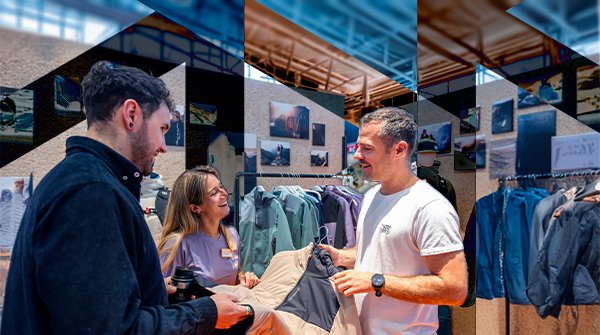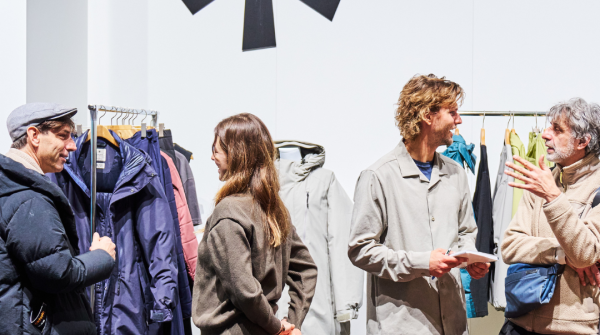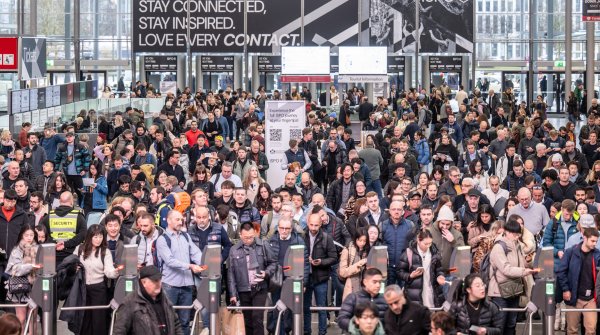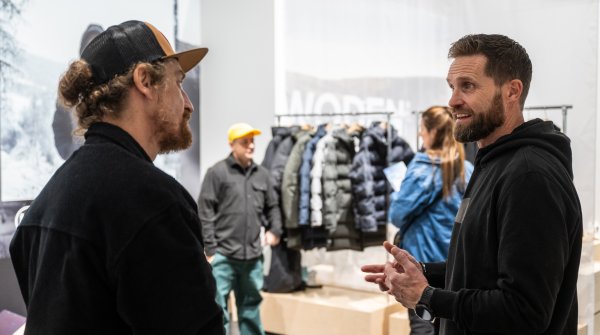In the midst of ecological challenges, economic uncertainty and growing social responsibility, companies and consumers alike are looking for sustainable, durable and holistic solutions. This trend was also confirmed at the first ISPO Award Jury Meeting 2025 in Schröcken, Austria. The products submitted were particularly impressive with their clever detailed solutions and well thought-out, holistic product design concepts.
The current transformation of the sports industry is characterized by five significant developments. What they all have in common is that they focus on improving existing structures instead of constantly looking for innovations.
The boundaries between sport, everyday life and wellness are becoming blurred. Consumers increasingly expect products that can do more than just excel in one function. Today, sportswear should not only be functional, but also suitable for everyday use, stylish and comfortable - from mountain trails to everyday city life. This desire for holistic solutions means that sports brands are increasingly combining themselves with lifestyle, health and fashion themes.
Dr. Martina Wengenmeier, journalist, outdoor sports expert and ISPO Award Jury Member explains:
'The surrounding markets, such as the fashion and health markets, are moving closer to the sports industry and are becoming more important for sports retailers and sports brands. I think that the overlap between the different markets is where new trends are emerging and where there is great potential for brands and the sports community.
Athleisure is no longer a trend, but an integral part of the market. Collections are geared towards urban style and a health-conscious lifestyle, combined with technical performance. Brands that think holistically and consistently dovetail product design, communication and sales can tap into new markets and retain customers in the long term.

The EU is getting serious: with the upcoming Ecodesign Regulation (ESPR) and the digital product passport, specific regulatory requirements will be in place from 2026, forcing companies to fundamentally rethink their product development. Anyone who wants to sell in Europe in the future will have to use sustainable materials, consider repair options and ensure recyclability.
Many brands are already focusing on mono-materials, reduced components and designing modular product concepts. The aim: products that are easier to recycle, repair and reuse. As a result, circular design is moving from a voluntary environmental promise to an economic success factor and a regulatory necessity.
Nana Fritz, Product Designer and ISPO Colaborators Club Member at the ISPO Award Jury Meeting Q1/Q2 says
It's about versatility, durability and, of course, recyclability, because the latter will be the decisive issue in the future. It's no longer about having the coolest, trendiest product on the market, but also the one that lasts a long time, stands the test of time and doesn't harm our environment.
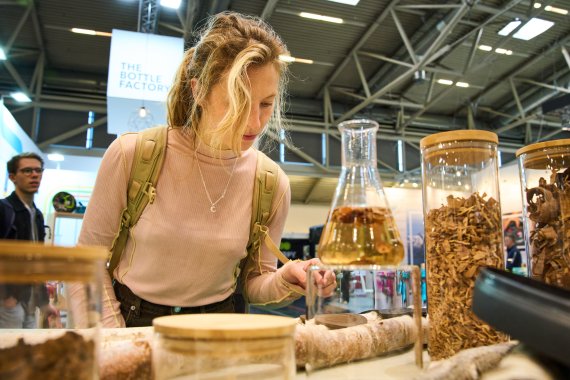
Whether on the trail, in the city or on the way to work: consumers want products that adapt flexibly to the realities of their lives. The demand for multifunctional clothing and equipment is increasing noticeably - both for reasons of sustainability and the desire for simplicity and efficiency.
Dr. Regina Henkel, textile journalist and ISPO Award Jury Member explains
Versatility and durability are the trend. Retailers are looking for products that the user can wear or use in many different situations. So it's not so much about having a pair of pants and only wearing them for one particular occasion. It's about wearing them for many occasions.
They complement:
And also in the lifestyle industry, sports gear is moving into the lifestyle industry and people are wearing their sportswear wherever they want.
Designs and products that cover different areas of application enable reduced consumption, extend the period of use and create real added value. It's not about the lowest common denominator, but about maximum functionality with minimum complexity. Manufacturers who implement versatility intelligently not only create sustainable solutions, but also new brand identities.
The days of fast product cycles and purely trend-driven collections are becoming less important. More and more consumers are consciously opting for quality, function and timeless design. Longevity is becoming the most important sales argument - supported by repair services, extended warranties and transparent communication.
Current market research clearly confirms this change in values: a study by Vogue Business shows that younger target groups in particular, such as Gen Z, are increasingly opting for long-lasting sportswear: Quality and reliability beat short-term trends. Europe-wide consumer surveys also underpin this development: 91percent of consumers value long-lasting clothing, and 71percent state that their clothing möwant to wear their clothes for as long as possible - according to a report by the European Environment Agency Agency. At the same time, interest in second-hand and repair services is growing. The desire for greater sustainability goes hand in hand with more conscious consumer behavior - away from quick collection changes and towards products with substance and durability.
"Buy less, buy better" is not a slogan, but a realistic expectation of many customers today. Offering long-lasting products creates trust - and sets you apart from the competition in the long term. Brands such as Patagonia, Ortovox and Vaude exemplify this principle and demonstrate it: Sustainability starts with product design.
What I've noticed is that people are thinking more sustainably when making purchasing decisions for outdoor sports products. For example, when they go on a cycling and hiking tour, they look for products that can be combined, that are suitable for cycling and hiking, so that they don't need so many items of equipment, but perhaps just one that works for everything.
says Sigrid Eder Editor-in-Chief trailrunning-szene.at and ISPO Collaborators Club Member at the ISPO Award Jury Meeting in Schröcken.

Repairing instead of throwing away: Acceptance of and demand for products that are easy to maintain and repair is constantly increasing. Design for repair is becoming the new standard - and not just for öecological, but also from an economic point of view. Repair-friendly products enableölonger life cycles, reduce return rates and create new touchpoints between brand and customer.
Numerous sports and outdoor brands are already relying on modular designs in product development and offering spare parts services or upcycling programs. The result is a second-life model that promotes responsible consumption.öconsumption and strengthens customer loyalty. At a time when value orientation is shaping purchasing decisions, repair is not a step backwards - but a sign of progress. It is fair to say that the sports industry is an innovative driving force for the entire textile industry in this respect.
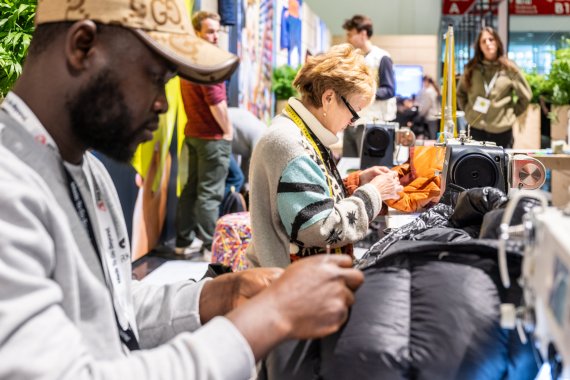
2025 marks a turning point in the sports and outdoor industry - not through disruptive technologies, but through consistent further development in terms of quality, function and responsibility. The five trends presented make it clear: it's no longer about higher quality.öhigher, faster, further, but more intelligent, more durable, more sustainable.
The industry is reacting to changing consumer habits, regulatory pressure and öcological realities with sophisticated product concepts that create real added value. Circular design, modular construction, everyday versatility and reparability are no longer niche features, but key expectations of an increasingly responsible target group.
Brands that adapt to this change at an early stage and focus on transparency, durability and cross-functional design not only create stable customer relationships - they also become active shapers of a sustainable sports culture. Those who take responsibility today shape the playing field of tomorrow - and position themselves clearly for growth that goes beyond sales.
- ISPO awards
- Mountain sports
- Bike
- Design
- Retail
- Fitness
- Health
- ISPO Job Market
- ISPO Munich
- ISPO Shanghai
- Running
- Brands
- Sustainability
- Olympia
- OutDoor
- Promotion
- Sports Business
- ISPO Textrends
- Triathlon
- Water sports
- Winter sports
- eSports
- SportsTech
- OutDoor by ISPO
- Heroes
- Transformation
- Sport Fashion
- Urban Culture
- Challenges of a CEO
- Trade fairs
- Sports
- Find the Balance
- Product reviews
- Newsletter Exclusive Area
- Magazine



